Huawei improves upon earlier efforts with a glass-backed chassis, redesigned software and new camera tricks
At an event in Paris, France today, Huawei officially unveiled its new high-end flagship phone, the Ascend P7. It's the latest in the Chinese manufacturer's premium "P" range, building on last year's P6, which the company says sold 4 million units across the glove. The P7's design heritage is plain to see from the metal trim around the top and sides to the curved edge down below, this year's Huawei flagship looks an awful lot like last year's.
The biggest external change can be seen when you flip it over the back panel is now made of glass, and sports a reflective pattern not unlike LG's "crystal reflection process," seen on the Optimus G. This effect comes to life through a combination of seven layers, Huawei says, and if you look close enough you can make some of them out one forms concentric circles leading out from the "Huawei" logo, for instance, another is a checkered pattern. By any standard, the P7 is a good-looking phone. It's also extremely light, much less heavy than most 5-inch smartphones we've used.
By any standard, the P7 is a good-looking phone.
When it comes to internals, Huawei's taking aim at the big boys, flaunting comparisons with the iPhone 5s and Samsung Galaxy S5 in today's presentation. It's powered by a Kirin 910T from the Huawei-owned Hisilicon, a 1.8GHz quad-core part and a relatively unknown quantity. The device seems speedy enough most of the time, though there are unfortunate instances of scrolling lag in some apps like the Play Store, Twitter and the notification shade. We'll have to see how it holds up once we've had the chance to load it up with apps, especially since the Ascend P6 turned out to be somewhat sluggish. The P7's homegrown CPU is backed up by 2GB of RAM and 16GB of internal storage (of which 11.39 is available out of the box).
One important area Huawei hasn't compromised is the display the P7's 1080p in-cell panel looks as good as any we've seen, delivering vivid colors and solid daylight visibility.
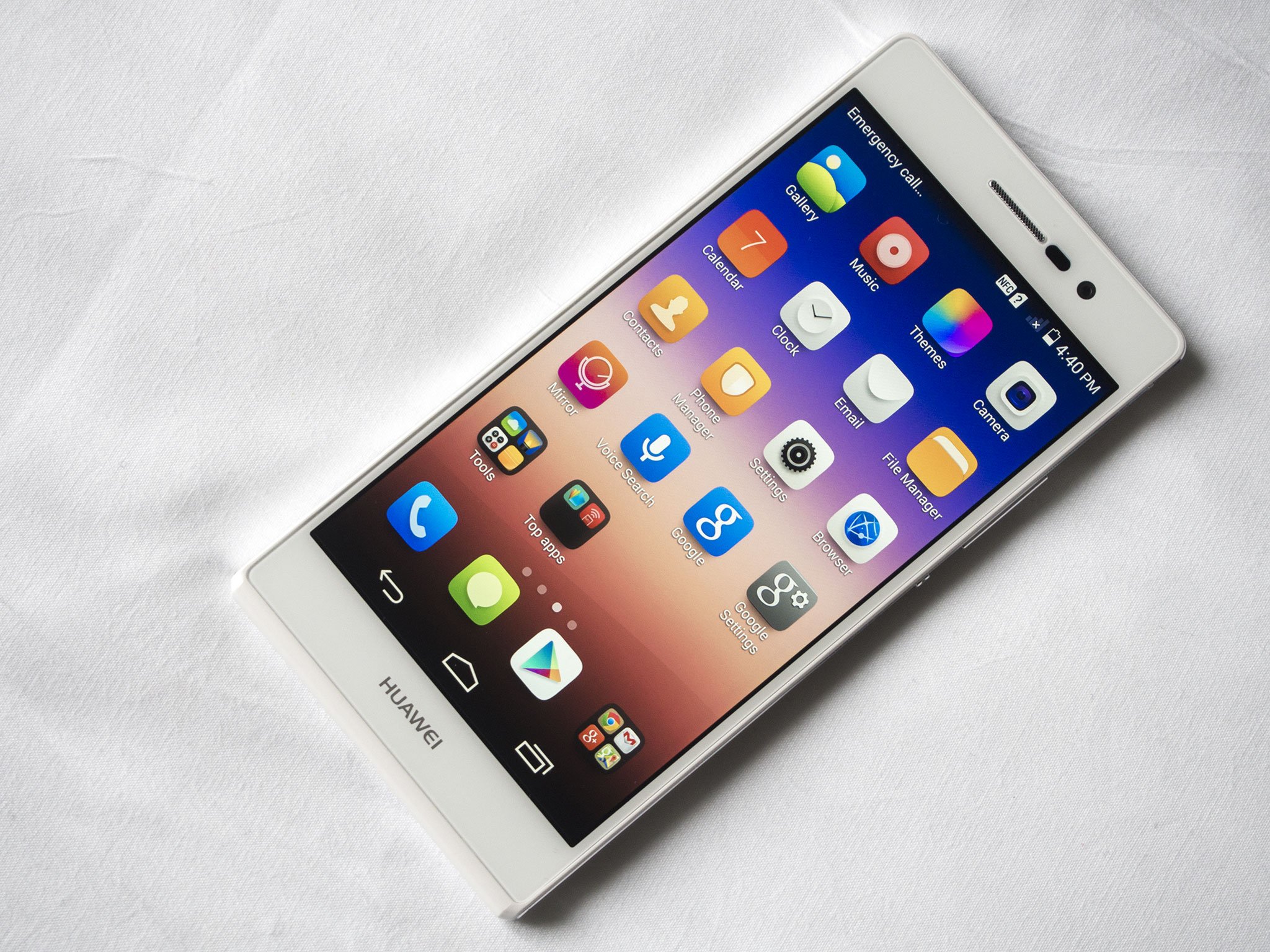
Both cameras are a big focus of the P7 the front-facer clocks in at a selfie-friendly 8 megapixels, and is backed up by a bevy of software features. These include a pretty neat panorama function for taking shots on the front-facing camera with more people, and an assortment of beautification options. The rear camera is an 13-megapixel unit powered by a Sony sensor and a surprisingly capable camera app. In our brief testing of the device in daylight it doesn't seem to match up to the quality of shots from the Xperia Z2 and Galaxy S5, but it's a capable shooter all the same, showing promise in low light.

Huawei's UI is more consistent than before, but elements of it remain somewhat of a hodgepodge.
On the software side, Huawei's loaded up Android 4.4.2 KitKat and its new Emotion UI 2.3. The interface is just as customizable as ever through the Themes app, with several official skins loaded out of the box, and many more available online. The default skin, characterized by rounded icons and soft gradients, seems more thoughtfully crafted than the previous version, though elements of the experience remain something of a hodgepodge, with a few conflicting visual styles presenting themselves in the phone's various menus. And the default home screen setup, with no separate app drawer, may be somewhat jarring to Western smartphone users unfamiliar with Huawei's way of doing things.
An assortment of software features are available besides the standard Android stuff a "phone manager" app allows you to keep track of which apps might be using too much memory or CPU juice. There's a "simple home" mode for those wanting a less complex experience, and an "Ultra Power Saving" mode, as we've seen from HTC and Samsung, which pares back the phone's higher functions to extend battery life.


So the P7 is a solid effort, particularly in terms of hardware, where its use of glass sets it apart from some of the plastic-based competition. But it's not as buttery-smooth as the high-end competition, and it remains to be seen whether the company's software experience, which seems more closely tied to MIUI than vanilla Android, will prove as usable as rivals' visions of the OS.
The Huawei Ascend P7 will launch globally starting in June, priced at 449 off-contract.



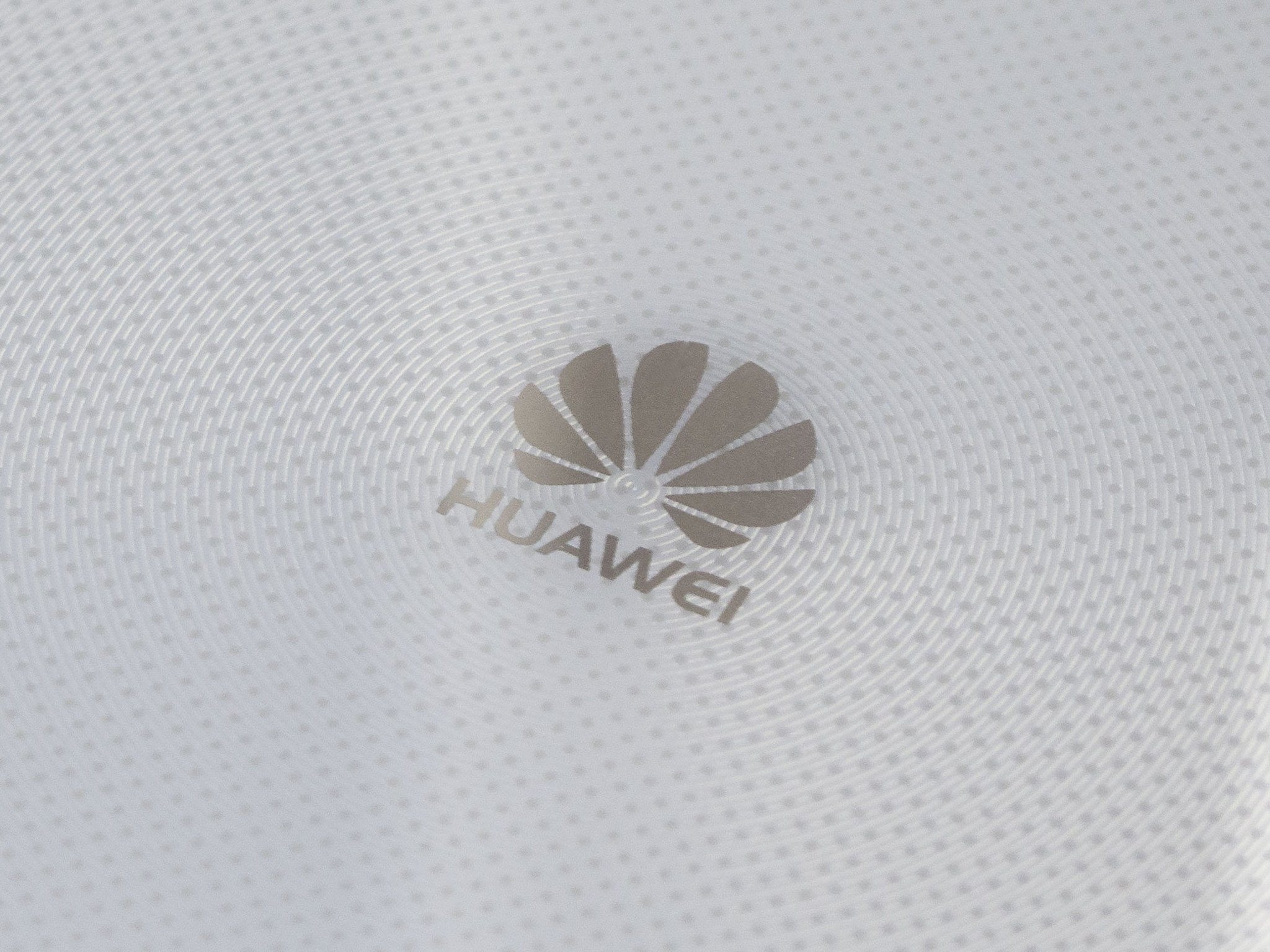









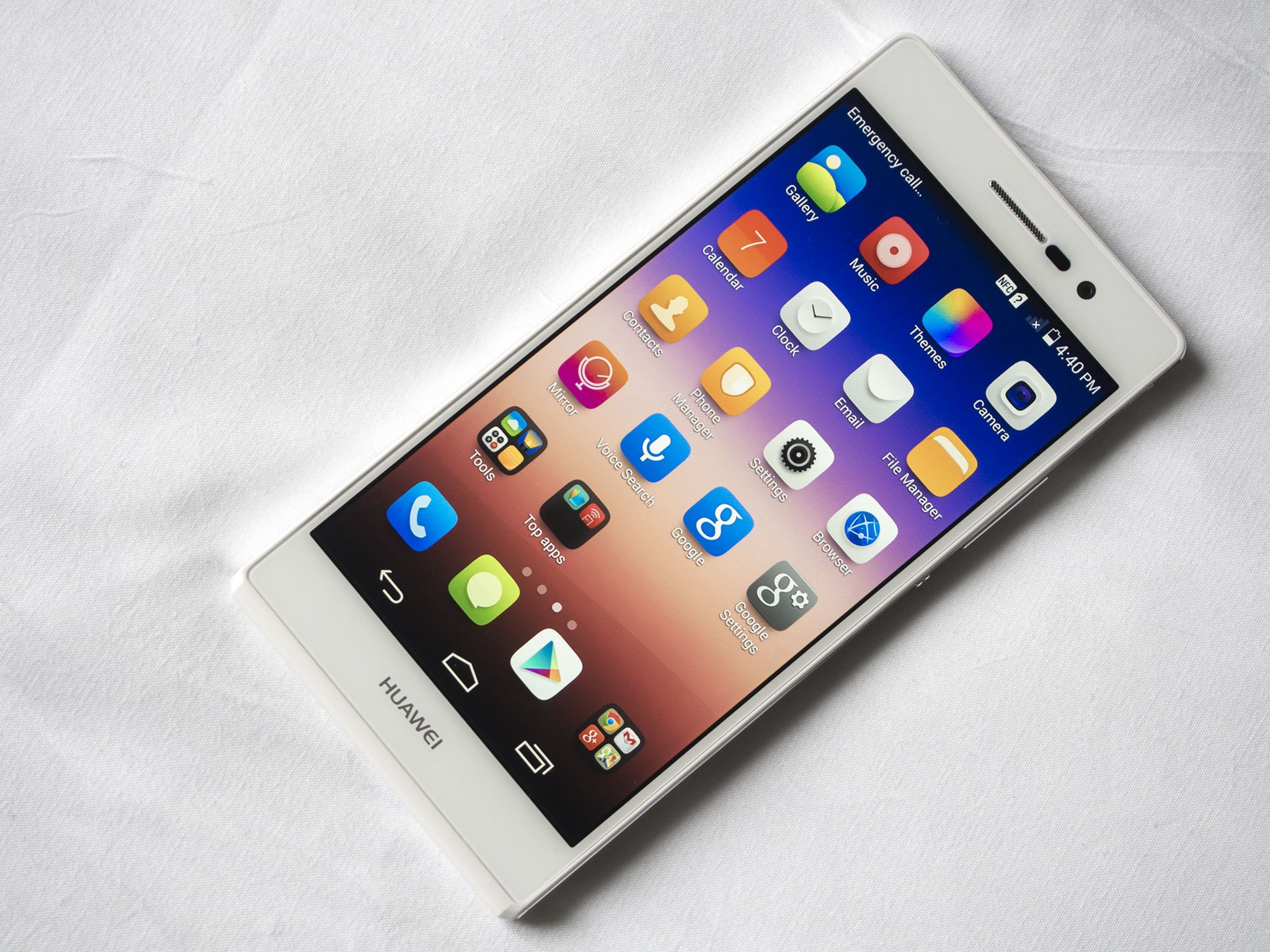
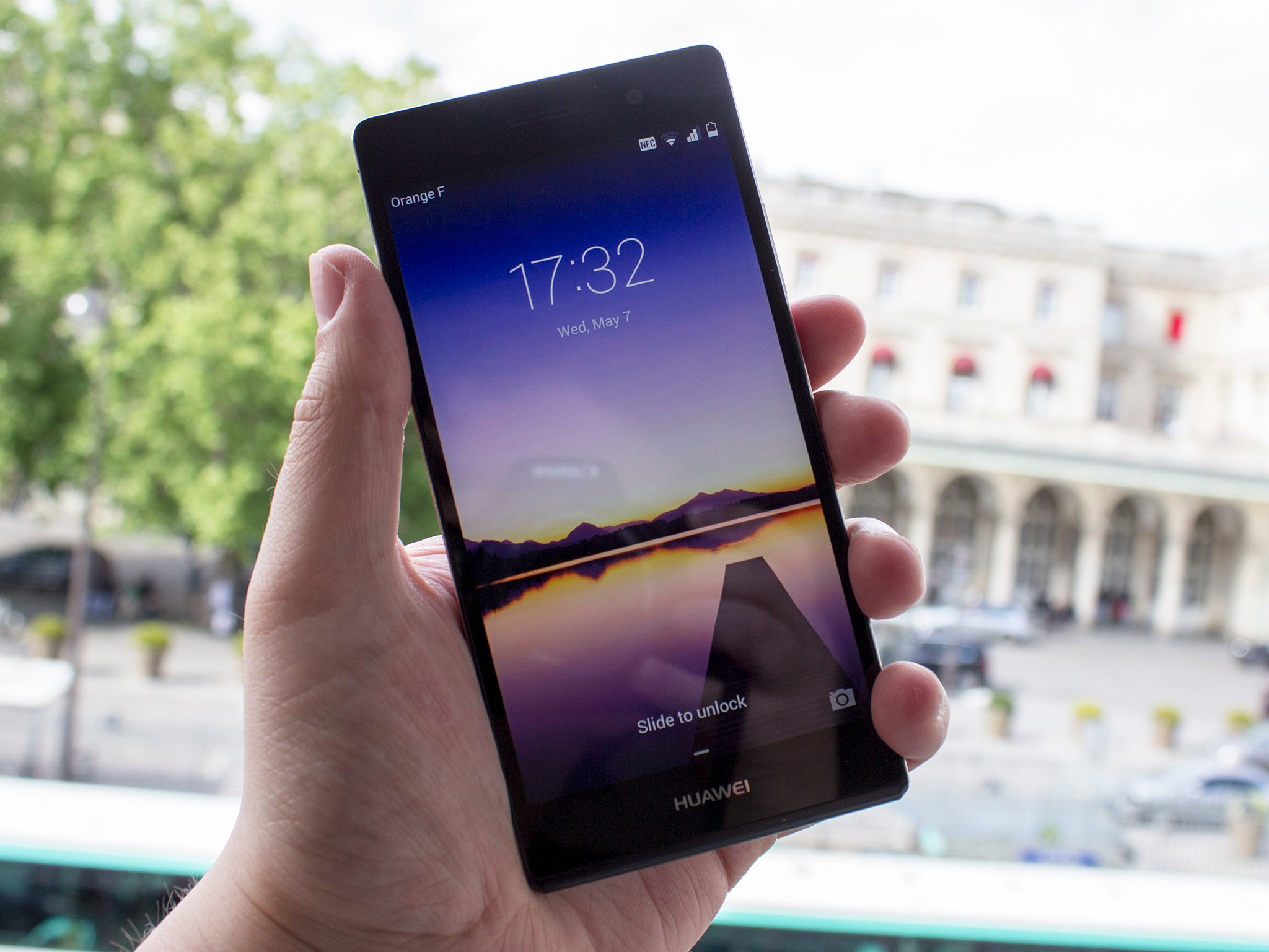
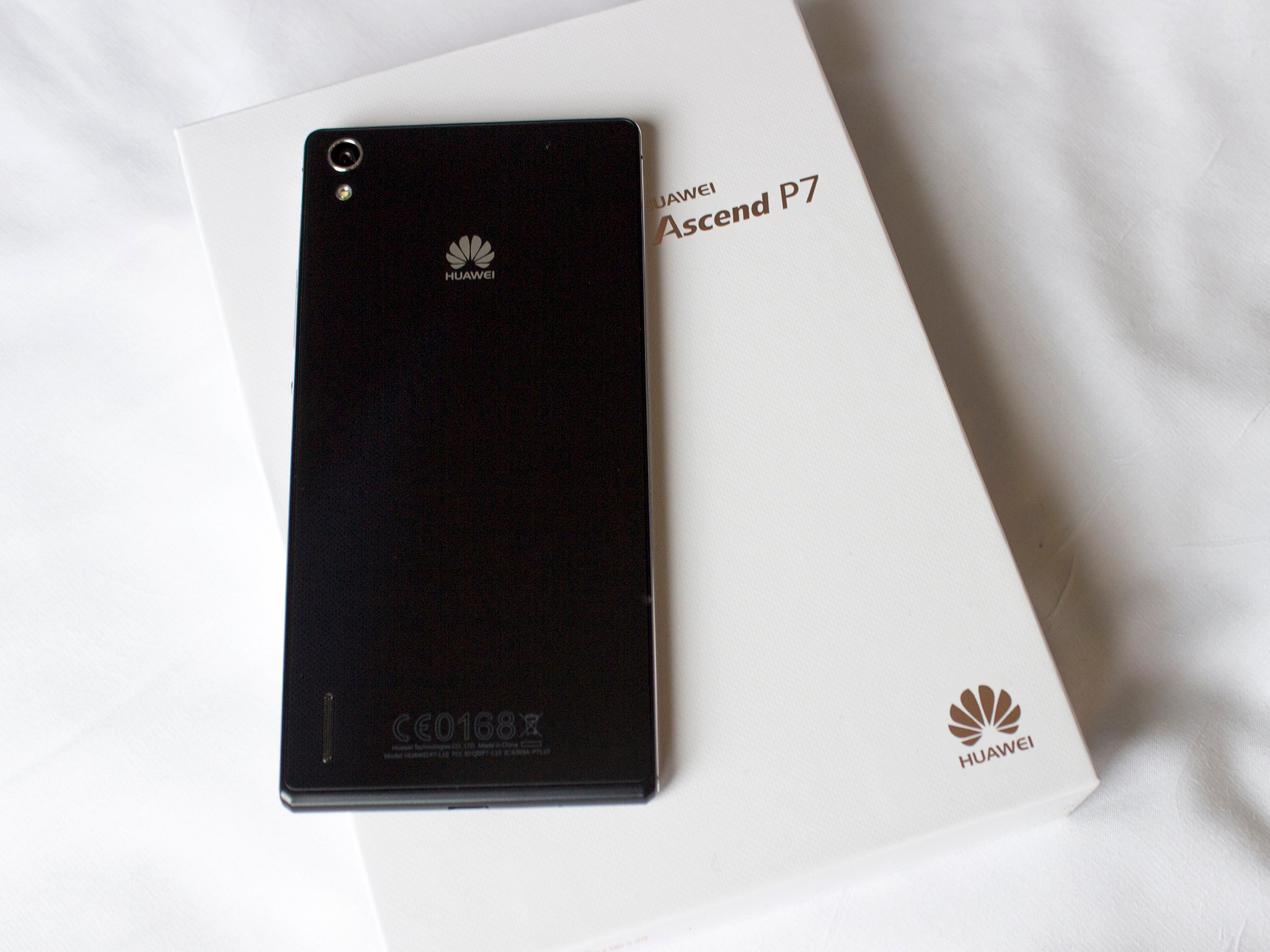

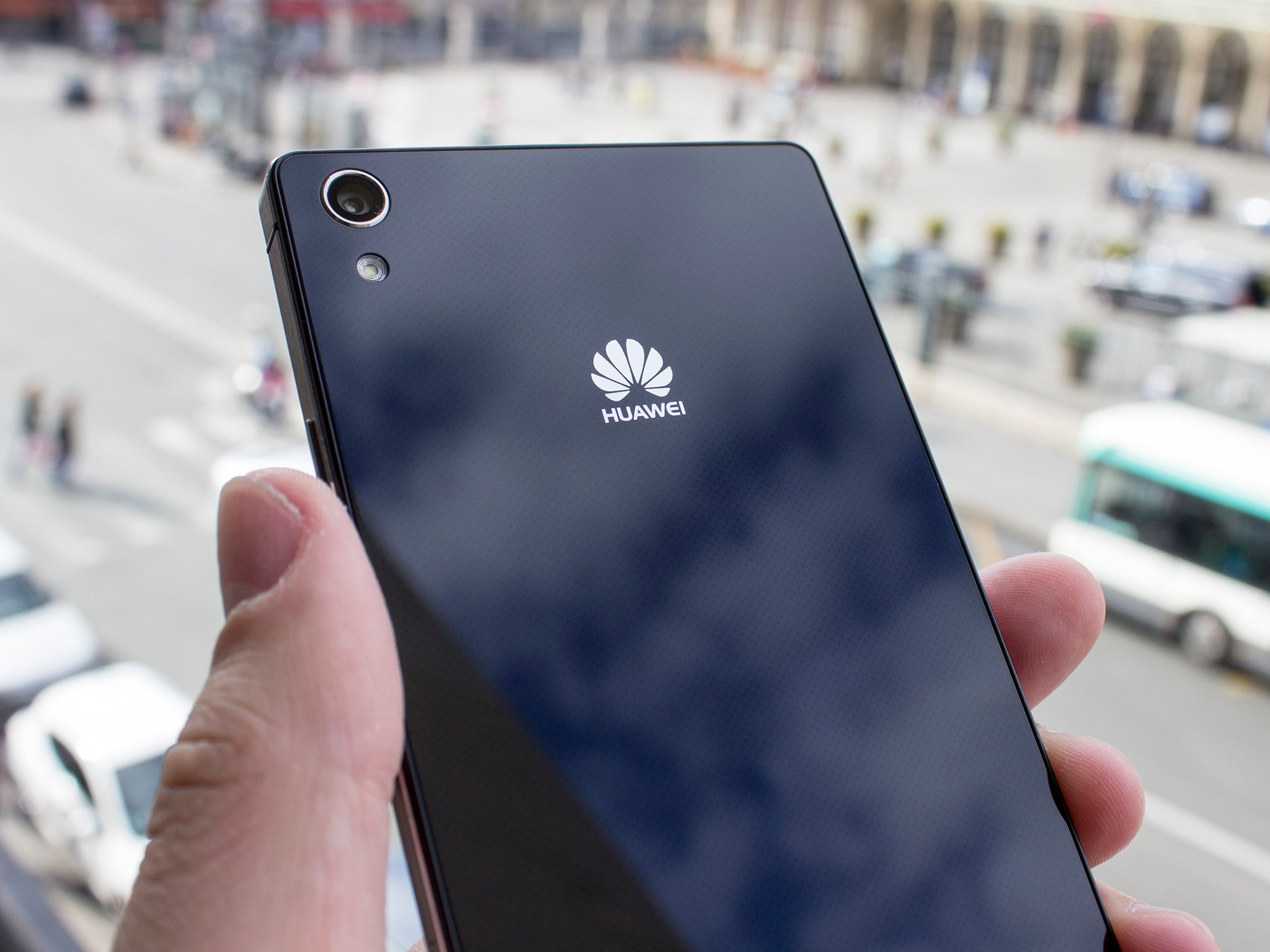
Via: Huawei Ascend P7 hands-on




0 Response to "Huawei Ascend P7 hands-on"
Post a Comment